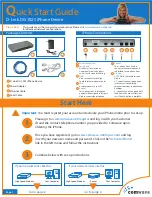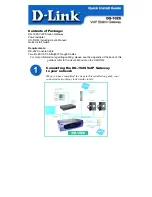
2
Management
42
Crashdumps
In
the
event
of
a
serious
system
malfunction,
the
SEG
generates
a
Crashdump
and
stores
it
in
non
‐
volatile
system
memory
as
a
set
of
files.
The
files
generated
by
a
crashdump
consist
of
critical
data
that
can
assist
in
troubleshooting
the
cause
of
the
malfunction.
Send crashdumps to Technical Support
The
files
generated
by
crashdumps
are
not
intended
to
be
read
and
interpreted
by
the
administrator.
Instead,
crashdumps
should
be
sent
to
Radisys
Technical
Support
and
all
relevant
files
should
be
sent
.
Downloading crashdump files
Any
of
the
files
generated
by
a
crashdump
can
be
downloaded
using
SCP.
All
files
are
kept
in
the
storage
folder
called
crashdumps
.
A
typical
SCP
command
to
download
a
single
file
would
take
the
form:
scp
<user>@<seg
‐
address>:/crashdumps/<crashdump
‐
file>
To
download
all
files
in
one
operation,
a
typical
SCP
command
would
be:
scp
‐
r
<user>@<seg
‐
address>:crashdumps
Listing crashdump files
The
SEG
command
line
interface
provides
the
command
crashdump
to
manage
the
crashdump
files
stored
in
non
‐
volatile
memory.
The
‐
list
option
provides
a
list
of
all
files
currently
stored
along
with
their
sizes
in
bytes
plus
the
total
memory
used
and
available.
For
example,
a
typical
listing
might
be:
Device:/>
crashdump
‐
list
Size
Name
‐‐‐‐‐ ‐‐‐‐‐‐‐‐‐‐‐‐‐‐‐‐‐‐‐‐‐‐‐‐‐‐‐‐‐‐‐
46142
2011
‐
01
‐
01_00.00.36_rtbld.dump
886
2011
‐
01
‐
01_00.00.52_dpcore.dump
Used
space:
47028
Bytes
Free
space:
24211456
Bytes
Note:
The
default
option
is
‐
list
.
If
no
option
is
specified
after
the
crashdump
command,
the
option
‐
list
is
assumed.
















































